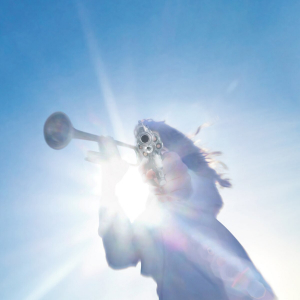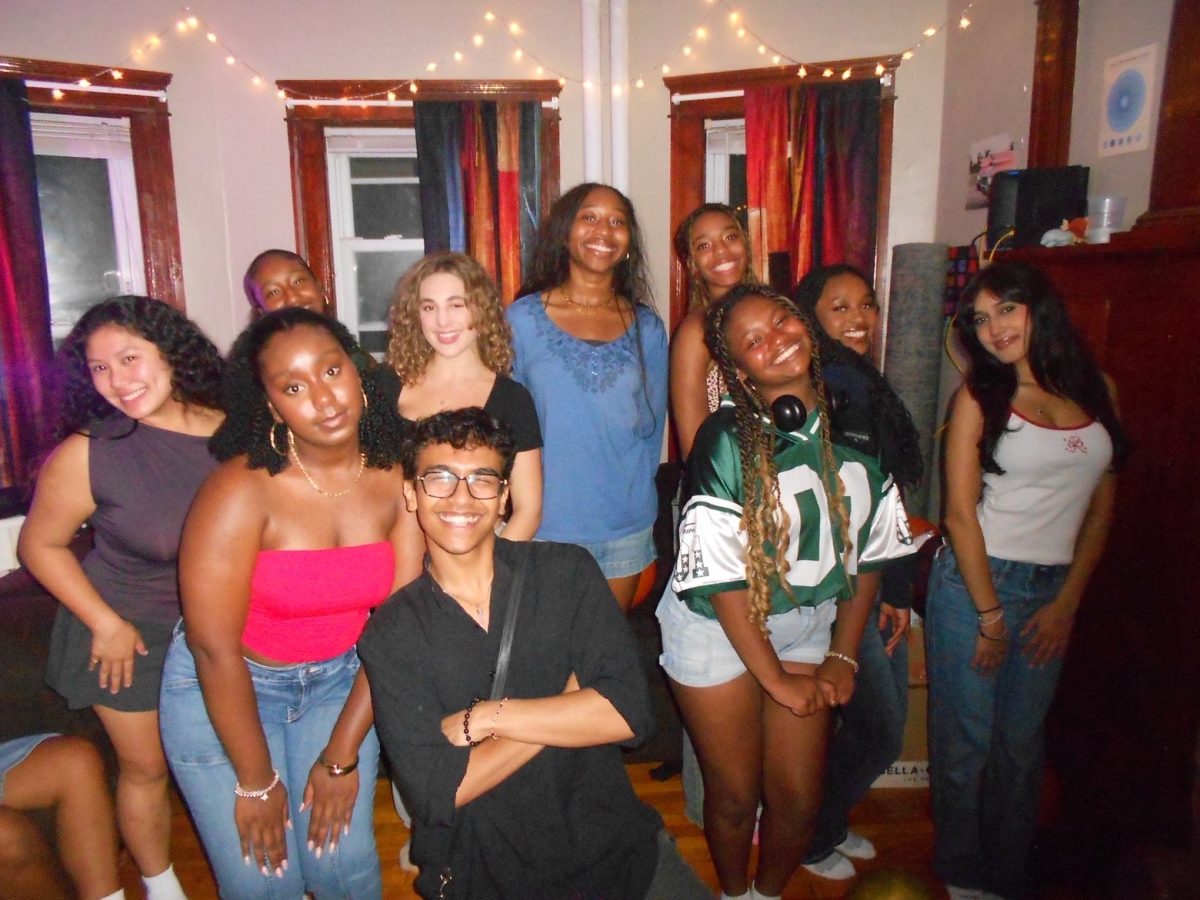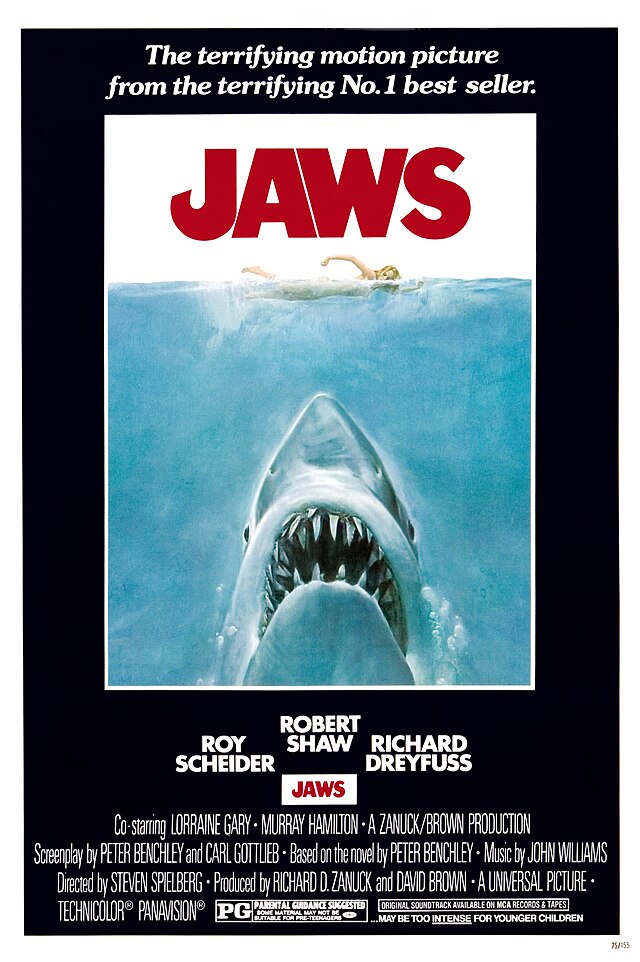“The Warriors” (1979) is one of my favorite movies of all time. Based on the 1965 novel by Sol Yurick, which itself is based on the ancient Greek text “Anabasis,” the film tells the story of the Warriors, a fictional New York gang.
After being falsely accused of killing the leader of the biggest gang in the city, the Warriors must fight to make it back home from the Bronx to Coney Island safely in one night. While the movie is a bit campy, it is nonetheless a thrilling and gritty tale of brotherhood and survival against the backdrop of 1970s New York.
Despite a lackluster box office performance and negative critical reviews, the film has developed a massive cult following and was even named in the New York Times “Best 1,000 Movies Ever Made.” This year it has been developed into a musical theater concept album titled “Warriors,” written by Lin Manuel Miranda and Eisa Davis.
Sol Yurick wrote his novel in part as a response to what he saw as an overly-romanticized version of street gangs in “West Side Story,” so it seems only fitting that his story has now been adapted into a musical. Though Miranda and Davis currently have no plans to bring “Warriors” to the stage, they have not ruled out the possibility. Many other musicals, such as Andrew Llyod Webber’s “Jesus Christ Superstar” also began as concept albums before coming to Broadway. Miranda, like myself, came to love the 1979 film from a young age and had been toying around with the idea of a “The Warriors” musical since 2009. In 2022 he began collaborating with playwright Eisa Davis (niece of legendary activist Angela Davis) to create “Warriors.” The two created an album with a mix of many different genres and musical influences, including rap, hip-hop, ska and reggae, R&B and funk.
Looking at the cast of “Warriors,” one is blown away by the sheer starpower it boasts. Lauryn Hill takes on the role of Cyrus, a Christ-like figure who seeks to unite all New York gangs before her untimely murder. The opening track personifies each borough of the city with Busta Rhymes as Brooklyn, Cam’ron as Manhattan, Nas as Queens, Chris Rivers as the Bronx, and Ghostface Killah and RZA as Staten Island. “Hamilton” alums Phillipa Soo and Jasmine Cephas-Jones play Warrior’s Fox and Swan. The main villain-Luther is played by Australian punk artist Kim Dracula, an unconventional but ultimately brilliant choice.
“Warriors” the concept album takes several main departures from the film. Most significantly, the Warriors themselves are women. One of the film’s biggest weaknesses is its misogyny, which both the directors and Yurick believed was necessary to maintain the realism of gang life in New York. According to Miranda, gender swapping the characters, “complicates [the narrative] in a really compelling way,” to which I must agree. Including these female roles allows the album to explore difficult topics of harassment and violence against women quite meaningfully. This is best exemplified in the song “Quiet Girls.” Additionally, the way in which the Warriors face vitriolic hate and doxing from the other gangs is enriched by having their characters be women.
Another divergence from the film comes in the character of Mercy. In the movie, Mercy is the only significant female character; a hypersexual and hypersexualized troublemaker who’s only saving grace is the brilliant performance of actress Deborah Van Valkenburgh. In the album, Mercy is given much greater attention and character development. She becomes a tough although damaged woman seeking escape from her life while also finding community and solidarity with the Warriors. Instead of the movie’s character, who is at best a love interest and at worst a nuisance, Mercy in the musical has the chance to prove her worth and become a full-fledged Warrior herself. The album explores the sapphic love between her and Swan in the song “A Light or Somethin,’” which contains my favorite line of the show, “the light at the end of this tunnel’s got nothing on you.”
Additionally, the album reframes the central message of the story to be Cyrus’s dream for the future of the city. In the film, Cyrus manages to unite all the cities’ gangs for one meeting and delivers an inspiring speech advocating for all the gangs to stop fighting each other and focus on the real enemy: the cops.
However, after Cyrus’s assassination— which is falsely blamed on the Warriors— his importance and message fade from the story. In the album, the memory of Cyrus remains throughout the whole show. Her— Cyrus is also gender-flipped— followers lament the death of their friend and leader and grapple with how to carry on her vision despite their need for revenge. The Warriors have a climactic confrontation with a police officer in the song “Reunion Square” with the lyric, “You’re the baddest gang in the city…and your color’s fucking powder blue.” At the conclusion of the album, once the Warriors have made it home to Coney Island and cleared their names, the characters vow to carry on Cyrus’s mission and strive for a more hopeful future.
Musically, “Warriors” is nearly a masterpiece, which is not surprising given the talent and track record of its writers. Miranda and Davis are able to encapsulate an abundance of genres in one album, highlighting the cultural and musical melting pot that is New York City. By showcasing performers from vastly different backgrounds— from hip hop to metal to musical theater— the album delivers a rich symphony of voices and sounds.
Overall, “Warriors” captures the spirit of its predecessor, and is a love letter to the movie that Miranda— and myself— grew up with. It also builds on the film in fantastic ways, modernizing it while grounding the story in the history and music of New York. I would highly recommend that everyone give it a listen, but for the best experience, make sure to watch the film first.




